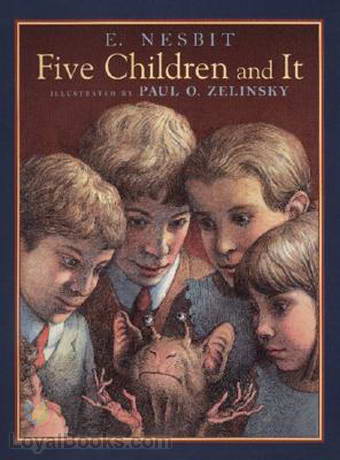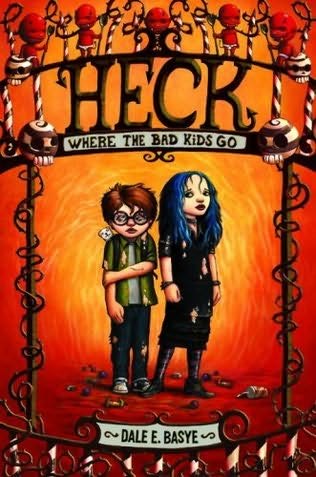[button color=”black” size=”big” link=”http://affiliates.abebooks.com/c/99844/77798/2029?u=http%3A%2F%2Fwww.abebooks.com%2Fservlet%2FSearchResults%3Fisbn%3D9780140367355″ target=”blank” ]Purchase here[/button] E is short for Edith, a British-authoress of magical stories for children who also happened to be an outspoken feminist and socialist in her time (late 19th century, early 20th). This one is regarded as her masterpiece. It really is quite a lot of fun. It mostly has to do with four children, really, though from time to time their helpless baby brother also gets involved.
They are siblings, two brothers and two sisters from London, who find themselves enjoying a summer holiday at a country house in Kent where there is a gravel pit on one side and a chalk pit on the other. While digging in the gravel pit one day, the children discover a Psammead, or Sand Fairy, the “It” of the title. It’s described as a creature with the arms and legs of a monkey, the body of a giant spider, the protruding eyes of a snail, and the ears of a bat. This ancient magical creature, which is comically grouchy, offers the children a wish a day, and of course all their wishes go hilariously wrong.
What makes the magic work is that the children are such believable characters and have such an interesting relationship with each other, and the world they’re in is so realistic–yet with these amazing, magical things happening, and having the very result they would likely have if they ever did happen. Imagine what terrible things might happen when four children successfully wish to be “as beautiful as the day,” or to be “rich beyond the dreams of avarice,” or to have wings, or to grow to giant size, etc., etc.
There’s a lot of humor and adventure, a little suspense, and the children (Cyril, Anthea, Jane, and Robert) are quite the characters. I loved it when they wished to fight against real “red Indians” their own size, and had to dress up as Indians and make up names for themselves and their tribes (Robert panicked and said he was Bobs of the Cape Mounted Police). This would be very politically incorrect today, but it’s a gas in its context and when read in the spirit it was intended–the fantasy world of 19th century English children, mainly.
The hilarious, magical adventures of Cyril, Anthea, Jane, and Robert continue in The Phoenix and the Carpet and The Story of the Amulet, both by E. Nesbit.



